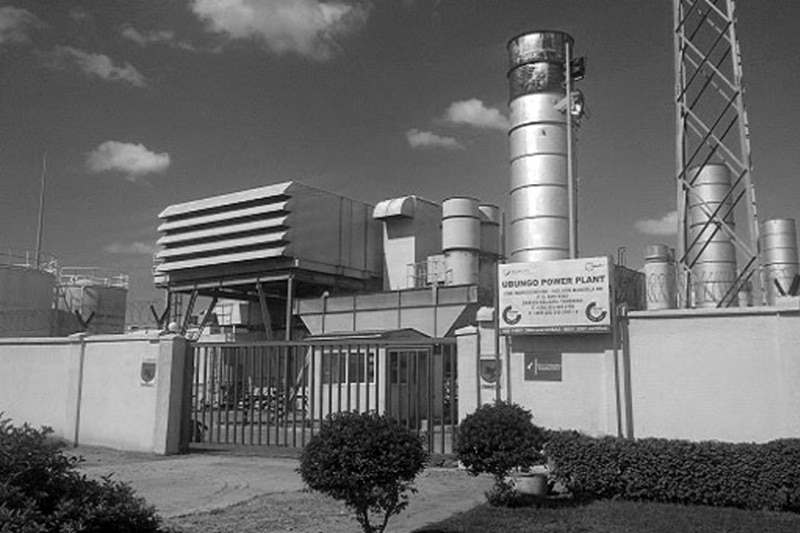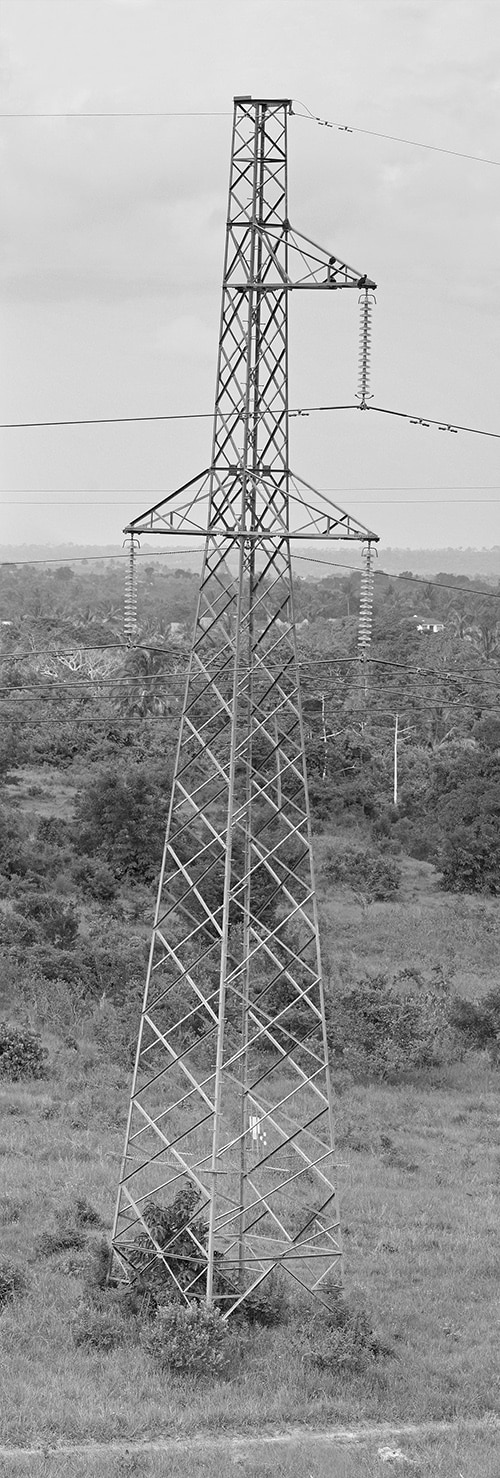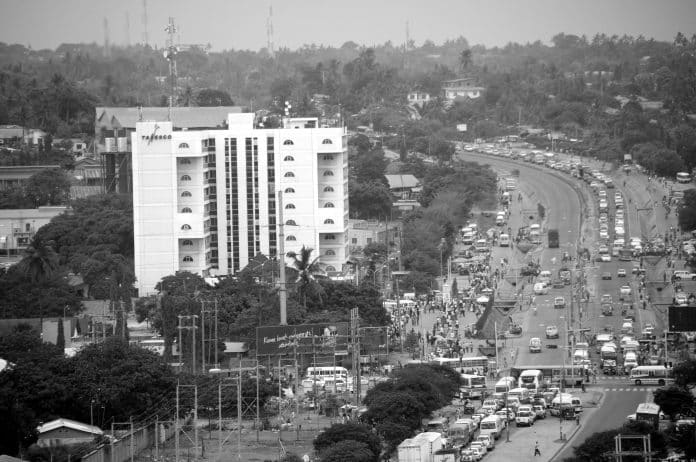TANESCO – History, Operations, Projects, Luku, Affairs and More
The government of Tanzania owns and controls the Tanzanian Electric Supply Company Ltd (TANESCO) which is a public corporation created in 1964 with its operations being governed by the Tanzanian ministry of energy and minerals. The corporation’s business covers areas of power generation, power transmission, power distribution and selling of energy to Tanzania mainland, while also involved in supplying electricity in bulk to the island of Zanzibar. The corporation operates offices at the regional level all through Tanzania and also has head offices situated by the west of the central business district of Dar es Salaam, in an area called Ubungo. There are over 4,896 employees working within the corporation.
Origin
Predecessor
Electricity was introduced in Tanzania in the year 1908 by the colonial administration of Germany in Dar-es-Salaam. Following the establishment of the mandate of Britain, a state department on electricity was created which dominated energy transmission and energy generation in the colony. Dar-es-Salaam and District Electric Supply Company Ltd (DANESCO) and Tanganyika Electric Supply Company Ltd (TANESCO) were the two private corporations that subsequently dominated the country’s electricity sector in the year 1931. In the year 1933, the first generator using diesel was utilized by TANESCO for purposes which were commercial and this was carried out in the region of Tanga. In addition, in the year 1936, the construction of the first dam was completed on the River of Pangani. The total capacity of the dam was 17.5 megawatts by 1959 and the corporation has electricity supply lines of 400 km. A contractual agreement to sell excess power from the hydro dam to Mombasa, in Kenya was concluded by the corporation on 12 February 1948.
Post Independence
Upon independence in 1961, some shares were taken over by the Tanzanian administration from both companies, that is, TANESCO and DANESCO. In the year 1975, all the shares were taken over by the government and the two companies were consolidated to create a public utility owned by the state and referred to as the “Tanzania Electric Supply Company Ltd”. This came subsequently after the shifting of economic policy in Tanzania towards the region of Ujamaa. The corporation became involved in generation, transmission and distribution of power and energy on the country’s mainland as of 1975. Furthermore, the corporation is involved in the sale of energy in bulk to an electric company based in the island of Zanzibar that was known as ZECO.
Reform
In the year 1992, private sector investment in energy generation was made liberal by the government of Tanzania. This occurred following years of poor electricity supply and ineffective loss making activities. Despite being incorporated as a limited liability corporation in line with the Tanzanian Companies Act of 2002, the state still had control over the shares of TANESCO. Since the country suffered from bad hydrology and also heavily relied on hydroelectric dams between the period of 2005 and 2008, the corporation had to create its first Emergency Power Project. This was the expansion of the Power Station at Ubungo (Ubungo Power Plant) with Songas. In light of another loss of energy generation resulting from bad hydrology between the period of 2011 and 2013, the corporation had to acquired costly and expensive emergency power project. However, the raise was dismissed by the then president of Tanzania, John Pombe Magufuli who dismissed Felchesmi Mramba, the corporation’s managing director.

Corporate Affairs
Management
The business and operations of TANESCO in relation to management are undertaken at corporation’s headquarters – Umeme Park – which is situated at Dar-es-salaam, in the area of Ubungo. Engineer Felichesmi Mramba is currently the director manager and is in charge of management. He was appointed on 2 December 2013 by Jakaya Kikwete, President of Tanzania.
The corporation has different business divisions including the Generation unit, the Transmission unit, the Distribution and Customer Services unit, the Human Resources unit, the Investment unit, the Information Communication and Technology unit, the Finance unit and the Legal Counsel unit.
Ownership of TANESCO
The Tanzanian Public Corporations Act 2002 regulated TANESCO, which is a parastatal completely in control of the state. Much controversy has arisen as to whether the corporation should be listed on the stock exchange of Dar-es-salaam or privatized in order to increase its efficiency. Although the government encourages competition between the corporation and the public sector, it has however insisted on maintaining the company as state-owned for the purpose of always reducing electricity costs for the majority of the Tanzanian people.

TANESCO Operations
The primary business of TANESCO is energy generation, energy transmission, energy distribution and energy sale to the mainland of Tanzania, as well as the selling of power in bulk to the island of Zanzibar.
The business operations of the TANESCO since the month of March 2015 can be seen below:

Capacity of Grid System Interconnection Generation
- The whole of 18 isolated mini-grids and 82 megawatts as the total installed capacity. From these two mini-grids, 15 mini-grids with 53 total installed capacity are diesel generators while 29 megawatts installed capacity runs on natural gas
- Total liquid fuel fired power plants (210 megawatts with capacity of 50 megawatts on a short term rental basis)
- Total gas fired power (554 megawatts, with 320 megawatts as the only capacity operational)
- Total Hydro Power (561 megawatts)
TANESCO Network of Power Transmission
- Grid substations (48 with transmission interconnection)
- 66 kilovolts lines (578 km)
- 132 kilovolts lines (1555 km)
- 220 kilovolts lines (2732 km)
TANESCO Network of Power Distribution
- Distribution transformers (11,124)
- 11 kilovolts lines (5,375 km)
- 3 3 kilovolts lines (17,021 km)
Import and Export
In order to meet the needs of the neighboring regions that are not connected to the national grid, a small amount of TANESCO’s energy is supplied from the territory of Zambia and Uganda. At present, electricity is exported by Tanzania to Kenya close to the region of Horo, with the Isinya–Singida High Voltage Power Line being under construction. In light of the recently expanded Gas Sector in the country, the corporation plans to ensure an increased state of exports to neighboring countries.
TANESCO Small Electricity Projects (SPP)
Overview
The Tanzanian government approved Small Power Project through the Energy and Water Utilities Regulatory Authority in the year 2009. Energy projects focused on renewable sources such as wind, solar, mini hydro and biomass, with capacity range between 0.1 to 10 megawatts to be created, were encouraged by the government. This was due to the government’s lack of any Renewable energy policy in place, as well as the lack of any major plans for energy generation through renewable fuels.
Following the introduction of Small Power Project, only biomass power and mini hydro projects have been in operation. Investment has been discouraged by various factors including low tariffs, costly means of setup and fluctuation in prices of foreign exchange in the country. Closely connected to the SPP framework is the Rural Energy Agency and they are both in charge of facilitating rural electrification projects. These comprise primarily of grid and mini-grid connected extensions and network for power distribution to the rural communities.
TANESCO Tariffs
In Tanzania, small electricity producers can make a direct sale of their power to consumers, with excess being sold to TANESCO. The corporation has however made a decision to take into account the interest of the public when dealing with the sale of tariffs.
The table below indicates the possible cases of tariff which small power producers can be involved in and this may be one or several.

Luku
One of the major problems faced by TANESCO is collecting revenue. In light of the many defaults by thousands of customers on the payments of electricity bills, a user-friendly metering prepaid system was designed for users with low demand. Between the period of 1993 and 1997, the corporation thereafter went on to adopt a project on prepayment metering financed by the World Bank and known as “Lipa Umeme Kadiri Utumiavyo” which in English translates to “Pay electricity as you need it”. Through this new system, users could recharge and purchase their units through several sellers in their neighborhoods and their mobile money accounts respectively. At the present, installing these prepaid meters is confined to residential light commercial and light industrial customers.
For more articles related to Energy in Tanzania click here!


































